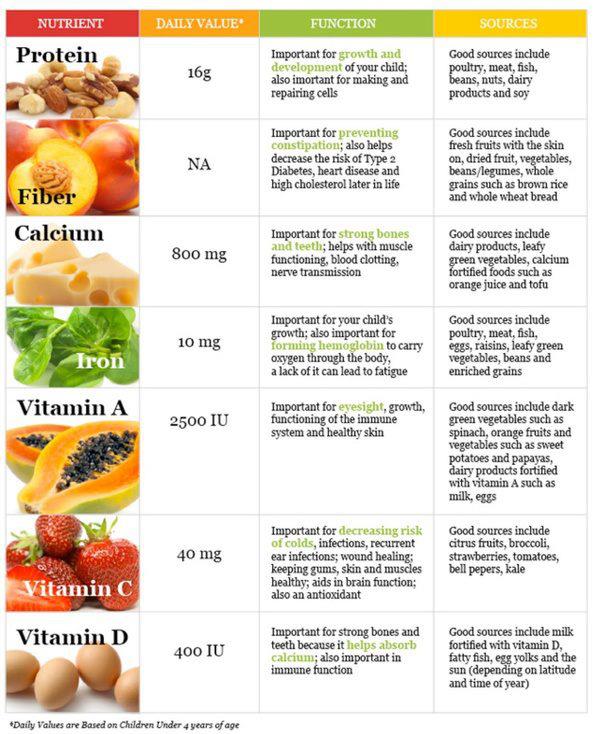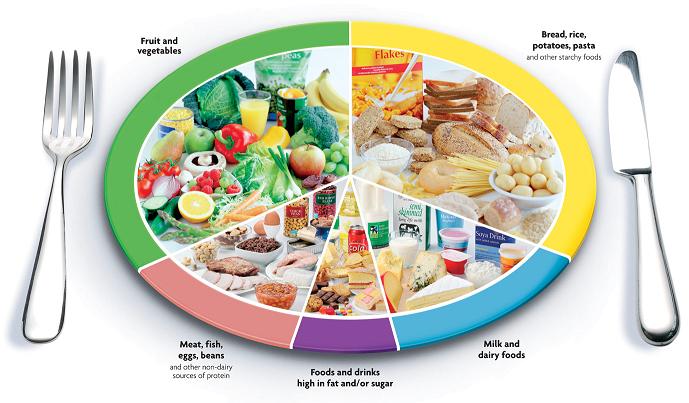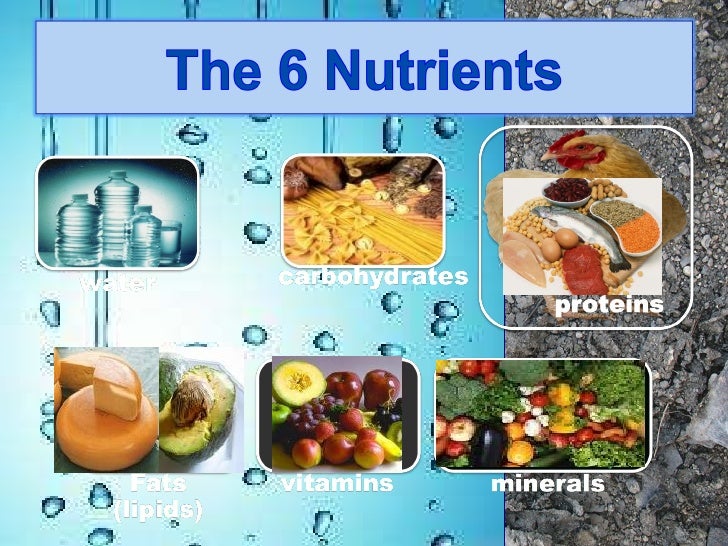 |
| (http://www.revitupnrg.com/images/logo.jpg) |
Am I satisfied with what I eat? Could I do better in terms of nutritious
quality? Do I want to change my dietary
habits and choices to lose weight? Each
day I am bombarded with options of items to eat. Some choices come easy, especially breakfast. Lunch is even consistent unless there is a
potluck or special occasion that warrants eating out. Dinner and evening meals are by far my most
difficult choices and after a long day at work I sometimes want food NOW and I
want lots of it. At work, I stay busy
and often forget to eat lunch or snacks.
However, that catches up with me in the evening hours with my family and
during times of rest.
 |
| (http://www.aiche.org/sites/default/files/styles/aiche_content/public/images/page/lead/environmental_commitment_ssk_16585330.jpg?itok=OfsvTDfl) |
I am proposing a new more committed dietary plan that will
allow me to eat healthy foods consistently and not overindulge in the early and
late evening hours. First, I need to
look at why I want to eat too much.
Second, I need to choose foods that will stay with me longer and provide
a feeling of satiety, as well as provide me with the energy I need for the
evening and into the early morning hours when I awake and exercise at 5:00
a.m. I am very consistent in what I
currently eat for breakfast and lunch and plan to continue with that program
with some slight modifications to snacks and dinner.
Sample Eating Plan w/64 ounces of water
Breakfast Plan: 1
Dairy/Protein, 1 Fruit, 1 Fat
Greek Yogurt w/½ c. Fruit
6 Almonds & Flax Seed
 |
| (http://www.oikosyogurt.com/assets/images/products/large/vanilla-greek-yogurt.png) |
Morning Snack: 1
Protein, 2 Carbs, 1 Fat, 1 Fruit, 1 Vegetable
Protein Bar (New for me)
1 Apple
10 Mini Carrots or Celery Stalk
 |
| (http://drjerryhankins.com/healthy-eating-dr-jerry-hankins-blog/wp-content/uploads/hankins-com/sites/347/2014/04/Dr_Jerry_Hankins_Healthy_Eating_Blog.png) |
Lunch: 2 Vegetable,
1 Carb, 1 Fat, 2 Protein
Spinach salad w/Peas, Sunflower Seeds, & Lemon Juice
Grilled Chicken
Afternoon
Snack: (New for me) ¾ Carb, ½ Fat, 1 Dairy, ½ Protein, 1 Fruit
Yogurt
5 Wheat Crackers
Orange
Dinner: 2
Grain/Carbs, 2 Protein, 1 Vegetable,
Brown Rice or Quinoa
Ham chunks
Green Beans
 |
| (http://ecx.images-amazon.com/images/I/916cCQxAVfL._SY550_.jpg) |
Evening Snack: 1 ½ Carb
Lite Popcorn
This eating plan allows me to provide consistent energy for
my body throughout the day that balances all the food groups and ensures I get
enough of each of them. Consistent
protein intake along with small amounts of healthy fats will keep me feeling
full and provide long-lasting energy needs.
Fruits and vegetables are digested quickly, provide fiber, and are full
of vitamins and minerals. There are also
lots of fruit and vegetable choices to interchange the above listed items so
that I do not grow tired of eating healthy.
Furthermore, I love stir-fry and can readily make this for lunch instead
of the salad with the same amount of nutrients.
If I eat these types of foods I will not have a drop in my blood sugar levels that leave me
famished when I get home from work. I
need to work hard at not skipping the snacks because that leads to overeating
in the evening and poor choices easily slip into my diet.
 |
| (http://smartwomeninspiredlives.com/dev/wp-content/uploads/2014/11/self-esteem.jpg) |
References
Anspaugh, D. J., Hamrick, M. H., & Rosato, F. D. (2011). Wellness: Concepts and applications (8th
ed.). New York, NY: McGraw-Hill.
Lewis, C., Smith, K., Taylor, N., & Coe, D. (2001). First place: Member’s guide. Ventura,
CA: Gospel Light.
Sizer,
F. & Whitney, E. (2014). Nutrition: Concepts and controversies (13th
ed.). Mason, OH: Cengage Learning.


































